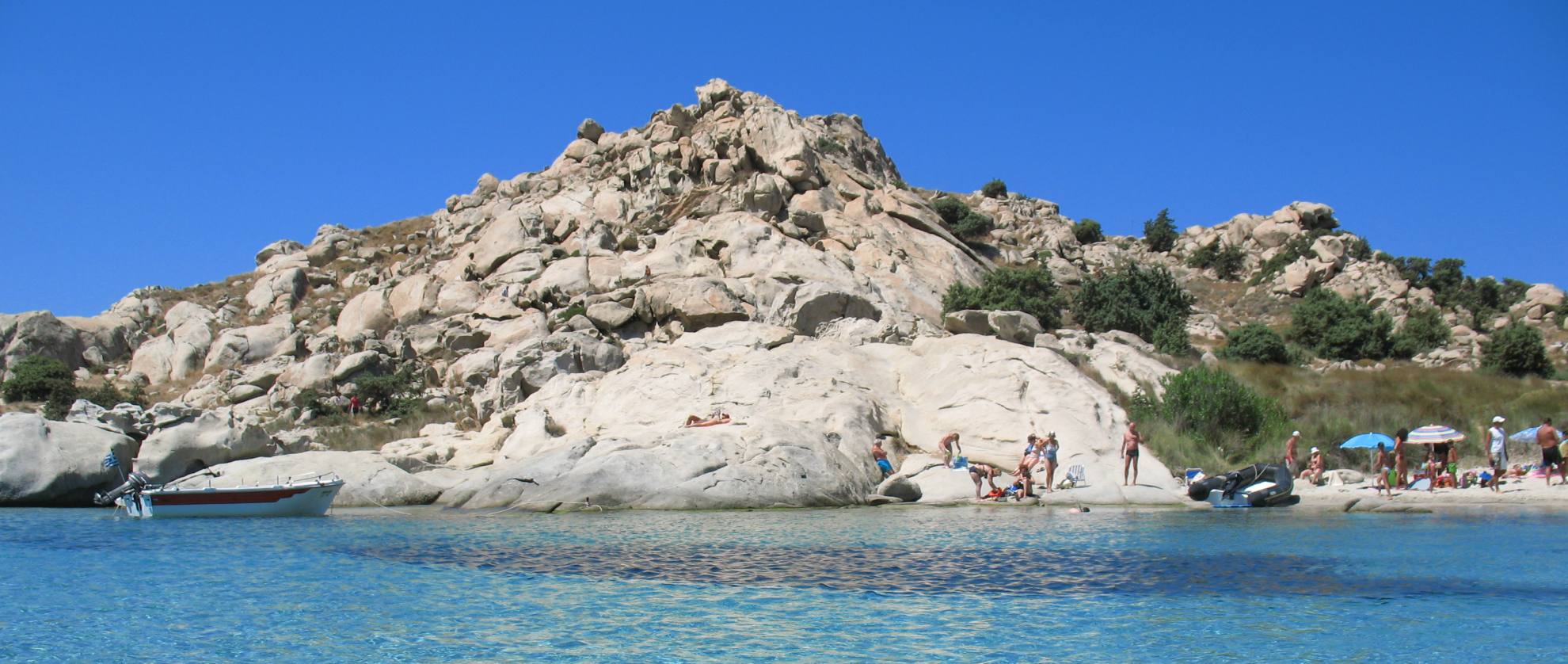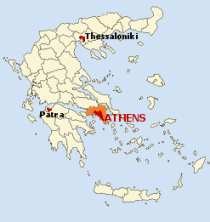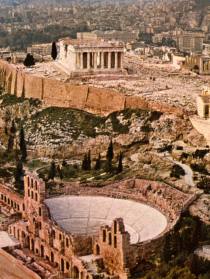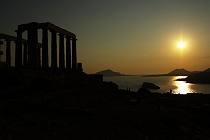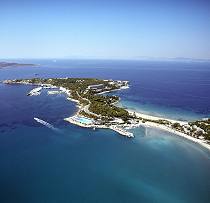Athens » Ancient Agora
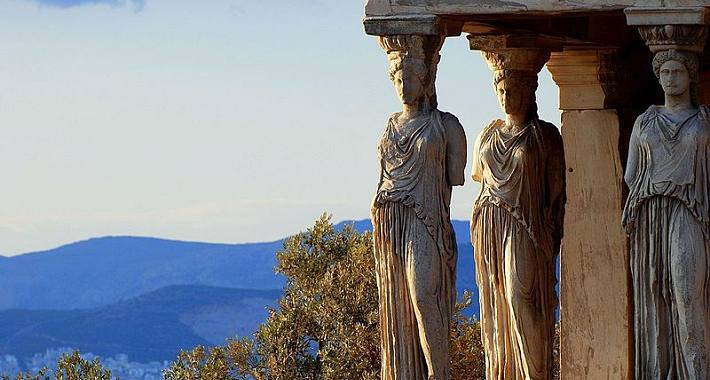
More about Athens & Attica
AthensAncient Athens
Ancient Agora
Museums
Walks in Athens
Plaka
Syntagma area
Lycabettus
Entertainment
Nightlife
Shopping
Excursions
Athenian Riviera
Mount Parnitha
Kaisariani Monastery
Daphni Monastery
Marathon
Piraeus
Porto Germeno (Aegosthena)
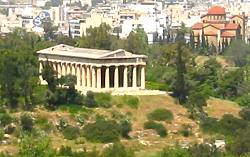
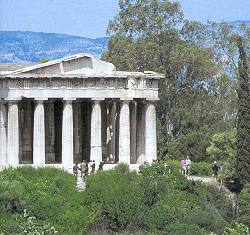
Ancient Agora - At the foot of the Acropolis, near the Theseion metro station and bordering on the streets where the Sunday bazaar takes place, is the archaeological site of the ancient Agora. Since Agora means market in Greek, the ancient and the modern use of the place are not far apart. But, in ancient years, the Agora was not only the commercial centre of the city, it was its political, cultural and religious one as well. The administrative buildings and the temples were built in this area, where the public services and the courts of law were also based. This was where Athenians gathered on a daily basis, not only to buy and sell their goods, but also to learn the news, to criticise the government, to exchange views or just gossip. The history of this area goes back to Neolithic times and the site includes monuments of different periods: from the Classical to the 11th century AD represented by the church of the Agioi Apostoloi.
Theseion - Hepaisteion - Despite its name, it was not a temple dedicated to Theseus but to the god Hephaistos and the goddess Athena. Situated at the western edge of the Agora, it is today the best preserved temple of ancient times. Built in 449 BC, it housed the statues of Hephaistos and Athena sculpted by Alkamenes.
The Monument of the Eponymous Heroes - The statues of the ten heroes after whom the 10 tribes of Attica were named (4th century BC) were placed here. It was a highly frequented place. All public announcements were posted on the pedestals of those statues.
Poikile Stoa - It is believed that it owes its name to the murals that decorated its walls. (Poikile: diverse, so presumably the murals were of diverse colours and themes). Here Zenon expounded his Stoic philosophy, which got its name from the Poikile Stoa (460 BC).
Roman Agora - The Roman Agora was a single architectural complex consisting of a vast rectangular court surrounded by colonnades. Its arcades used to house various shops. To the north of the building was situated the library built by Hadrian. To the east, you can see the Tower of the Winds. Built in the 1st century BC, this octagonal structure served as a water-clock, compass and weather-vane.
The Stoa of Attalos - This two-storey building, a donation of Attalos Ill, King of Pergamon (159-138 BC), to the city of Athens, is believed to have been a kind of ancient shopping centre housing 21 shops on each of its floors. The Museum's collection is very important as it consists mainly of items of everyday use which were found during the excavations of the ancient Agora. Thus the visitor has the chance to get a glimpse of everyday life in ancient Athens.
The Vasileios Stoa - Situated at the foot of the Theseion and built in 460 BC, it was the seat of the Archon Vasileus and of the Areios Pagos council.
More about Athens & Attica
Walks in Athens » Plaka • Syntagma area • Lycabettus
Entertainment » Nightlife • Shopping
Excursions » Athenian Riviera • Mount Parnitha • Kaisariani Monastery • Daphni Monastery • Marathon • Piraeus • Porto Germeno (Aegosthena)
